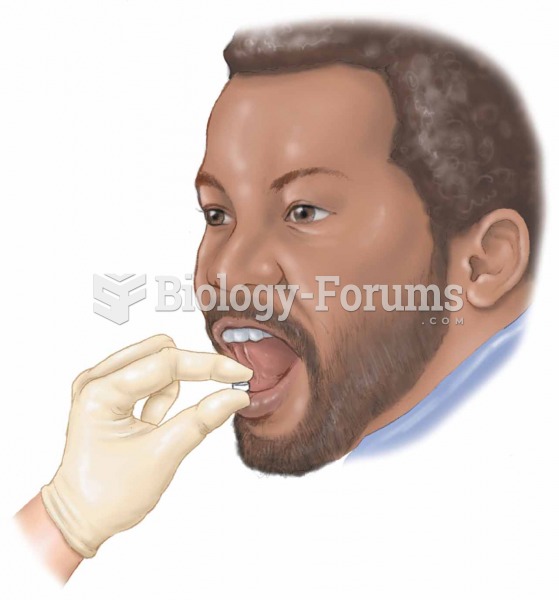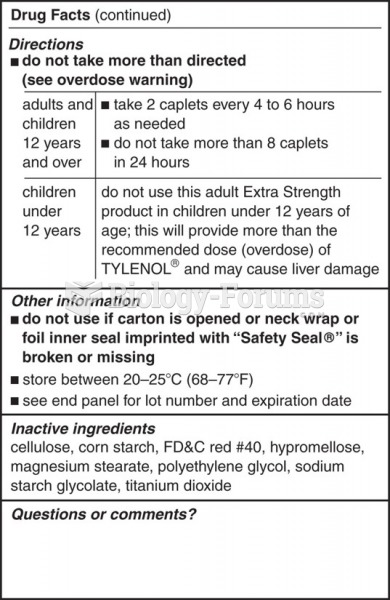Answer to Question 1
The Fifth Circuit described these common characteristics of drug couriers: (1) arrival from or departure to an identified source city; (2) carrying little or no luggage; (3) unusual itinerary, such as rapid turnaround time for a very lengthy airplane trip; (4) use of an alias; (5) carrying unusually large amounts of currency in the many thousands of dollars, usually on their person, or in briefcases or bags; (6) purchasing airline tickets with a large amount of small denomination currency; and (7) unusual nervousness beyond that ordinarily exhibited by passengers.
Answer to Question 2
Automobile searches involve a specific set of rules as to what police officers can do with automobiles when they have reasonable suspicion. Delaware v. Prouse, 440 U.S. 648 (1979), sets forth the rule that police officers can stop and detain motorists in their vehicles so long as the officers have at least articulable and reasonable suspicion that the motorists are violating the law. For example, if a police officer observes a driver run a stop sign, the officer is justified in pulling the person over and detaining him or her because reasonable suspicion is present.
Another decision that essentially expands stop-and-frisk is Terry is Maryland v. Buie, 494 U.S. 325 (1990). If police lawfully make an arrest in a person's residence, a protective sweep of the home is permitted based on the Terry rationale. A sweep is when one or more officers disperse throughout the home with the intent of looking for other people who could pose a threat to the officers making the arrest.
In Dickerson, when the police officer frisked the suspect, he exceeded the bounds of Terry because the officer squeezed, slid, and otherwise manipulated the packet's content before learning that it was cocaine. Dickerson is considered by many to be the case that officially recognized the doctrine known as plain touch (sometimes called plain feel). The Supreme
Court has long recognized that the items in plain view fall outside Fourth Amendment protections.
In Papachristou v. City of Jacksonville, 405 U.S. 156 (1972), the Supreme Court declared unconstitutional a municipal ordinance that targeted vagrants and rogues and vagabonds, or dissolute persons who go about begging . . . common drunkards, lewd, wanton and lascivious persons, . . . persons wandering or strolling around from place to place without any lawful purpose or object, habitual loafers, and disorderly persons. The Court concluded that the ordinance provided no standards governing the exercise of . . . discretion and thereby permitted and encouraged an arbitrary and discriminatory enforcement of the law and resulted in a regime in which the poor and the unpopular are permitted to stand on the sidewalk . . . only at the whim of any police officer.'







